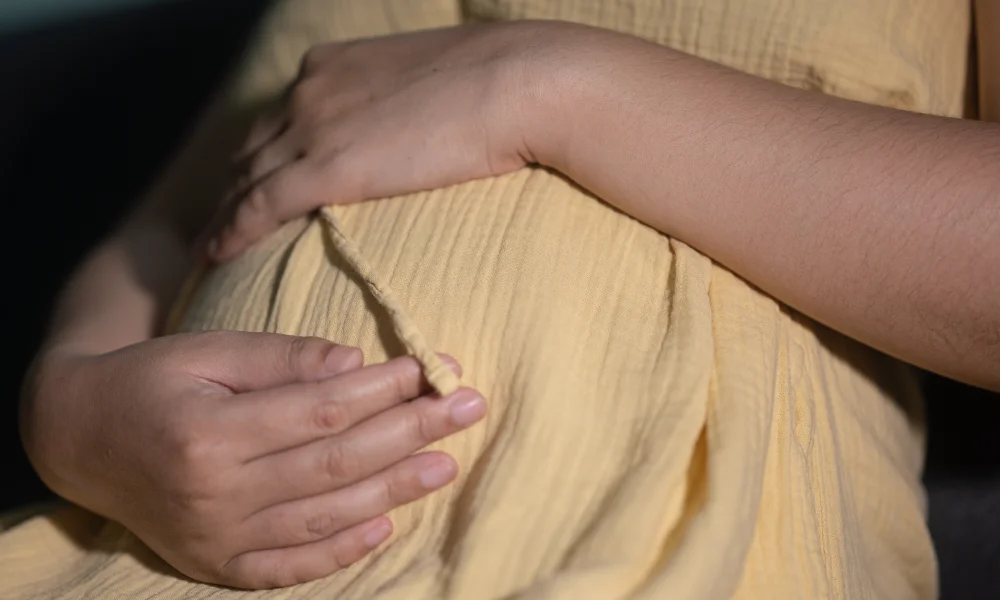There are ways you can tell if it's a boy or a girl

TABLE OF CONTENTS
The most common discussion among your family and friends, once you announce your pregnancy is the sex of the unborn child. Though these discussions can be intriguing and entertaining too, you cannot possibly determine the gender of the baby by the old wives' tales or any other folklore.
Scientifically the sex of the foetus is determined at the time of fertilization when the sperm fuses with the egg (ovum). The genitals of the baby start developing in the 11th week of intrauterine life. The sex of the child can be confirmed by an ultrasound done by a health professional in the much later stage of pregnancy.
Common telltales
There are many myths regarding the baby’s gender, and though this can be fun there is a rare chance of these being right either way. The most common myths associated with predicting the gender of the baby are
Morning sickness: The severity of morning sickness can give a clue about the baby's gender. A mother experiences more episodes of nausea and vomiting while carrying a girl baby than a boy baby. As with girls, hormone levels are higher. Some studies have been conducted that stated the same.
Skin condition: Some people say that a girl baby steals the beauty of the mother and a boy won't give you much acne. Hair will grow longer and more lustrous when the baby is a boy and the opposite when carrying a baby girl. There is no scientific evidence stating this. Hormones are crazy during pregnancy and can affect different women differently.
Cravings: With boys, you tend to crave more salty and savoury foods like pickles, and potato chips. With girls, it's more sweets and chocolate. In truth, no conclusive studies have been performed on food cravings as an accurate predictor of sex. These cravings probably have more to do with the changing nutritional needs during pregnancy.

Heart rate: One of the most common universal myths about gender revolves around the baby’s heart rate. If the heartbeat is under 140 beats per minute, the baby is supposed to be a boy. Higher than 140, it’s a girl. Unfortunately, though this one sounds more scientific, there’s no hard truth behind it. A study revealed that there’s no significant difference between a boy's and a girl's heart rates in early pregnancy.
Carrying: If you carry low, it is thought that you might be having a boy and if you are carrying high it is likely to be a girl. There is no evidence that can confirm it. Moreover, how you carry during pregnancy has more to do with the shape of the uterus, your unique body type, and your abdominal muscles.
Tendency to forget more often: Researchers have stated that for reasons unknown, a woman carrying a girl shows lower scores in memory tests specifically in areas of listening, computational and visualisation skills.
Developing gestational diabetes: Some research states that a boy fetus has a higher tendency to trigger pregnancy-associated metabolic changes such as gestational diabetes, which is a pregnancy condition in which the mother’s blood glucose levels are higher-than-normal.
Conclusion
These ways of determining the gender of a growing foetus are only partially true. There has to be a greater number of scientific studies done before abiding by such ideas wholeheartedly. Pregnancy leads to hormonal changes in a woman's body which might cause many of these symptoms. Therefore, no parent or guardian should believe any other information apart from their ultrasound done by a trained specialist.
Disclaimer
In India as per the PCPNDT Act revealing th sex of the unborn child by ultrasound is strictly prohibited and is a punishable offense.






